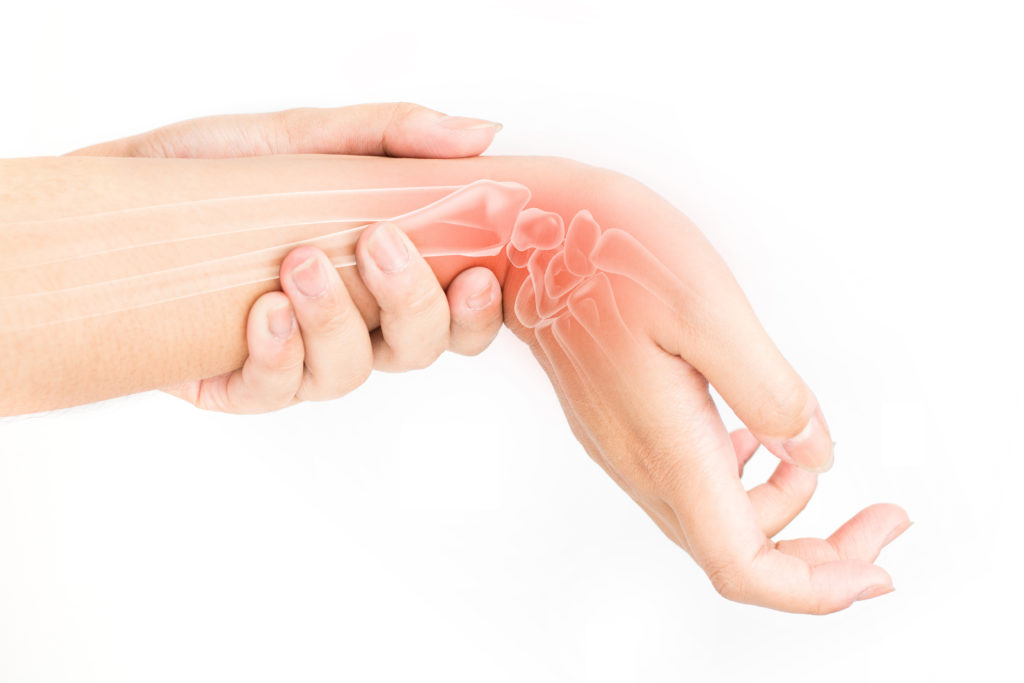Contrary to popular belief, strains and sprains are not the same. A strain happens when a muscle or tendon is overstretched or torn. A sprain is where a ligament is stretched or torn usually when there has been a sudden wrenching motion. This normally happens when a joint has been forced apart damaging the surrounding tissues. To identify a strain or a sprain, carry out a joint examination. With both strains and sprains, the affected area will start to swell. The body does this to try and protect itself from further harm.
Treatment
Although strains and sprains are not the same, the First Aid treatment is the same. This means you do not need to identify whether it is a sprain or a strain. However, this does not mean you should just haphazardly prod the affected area, as there may be a fracture as well. The treatment we give is to try to reduce swelling and pain. The treatment is easy to remember with the acronym RICE:
R – Rest the limb.
I – Apply ice to reduce swelling.
C – Compress with a crepe bandage and keep Comfortable.
E – Elevate the limb to reduce swelling.
RICE Treatment for Strains and Sprains
Rest – The first thing to do is to sit the person down or help them to sit or lay in a comfortable position. Keep the injured limb in a comfortable supported position, ideally elevated.
Ice – Next we need to cool the area using an ice pack or even a covered bag of peas. Do not put ice or cool packs directly on the skin as the cold can burn the patient. Wrap it in a T-cloth or triangular bandage to avoid direct skin contact.
Compress and Comfortable – With this, you need to apply a crepe bandage or soft padding over the area. This can be over the cold compress to hold it in place. Do not apply this too tight as this can cause more pain and discomfort.
Elevate – Here we need to elevate the limb to help reduce swelling. You need to check the point beyond the bandage to check every ten minutes that the circulation is still present. If it has stopped it may be that the bandage is too tight or it may be an indication of something more serious which needs professional assistance.
If they have a leg or ankle problem, moving them may be difficult and you may need to call for help. The person will not be able to put weight on that foot and you must make sure they do not accidentally stand on it. If they are moved, once the leg is no longer elevated, swelling and pain can increase. It may be that you could help them to hop to a place of safety. However if not, stay with them until help arrives. In minor cases, the patient can be taken to A&E without use of the Emergency Services. More major cases will require calling the Emergency Medical Services.
For more information on training courses, visit our “Courses” page which also includes our First Responder and First Person on Scene (FPOS) Courses.

